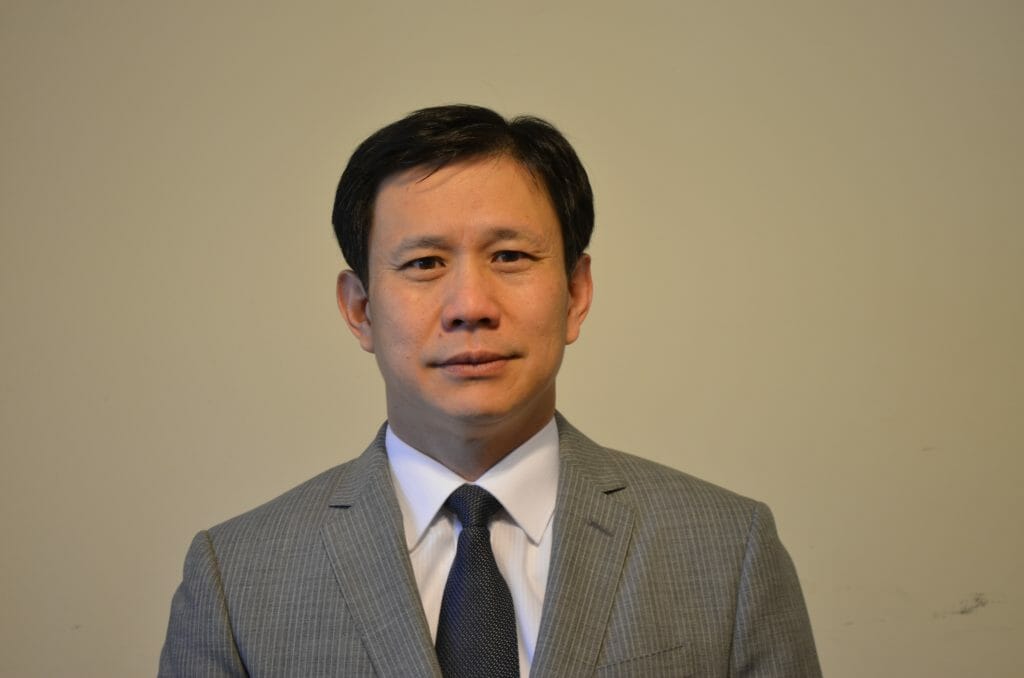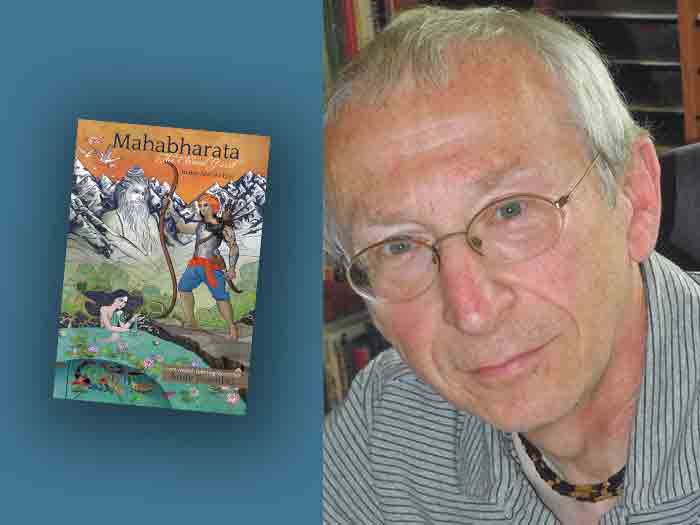
Professor Chang-Hui Shen, who is also the Chair of CSI’s Department of Biology, is lending his expertise in the fight against COVID-19.
“My research focuses on understanding the mechanism of gene activation,“ Dr. Shen explains. “This is relevant not only to molecular biology but also to the field of biomedical research where current therapies are being used and developed that are specifically based on the regulation of gene expression. Since we are in the process of setting up the CSI Genomic Research Facility, we are also working with IBR [the Institute for Basic Research in Developmental Disabilities] to develop projects to sequence the SARS-CoV-2 virus (COVID-19 virus) genome from nasal swab specimens to see if there is a correlation between the infection persistence and mutations in the virus genome, and to examine the role of exposure-induced perturbations in the respiratory microbiome and its contributions to COVID-19 susceptibility and disease progression.” Dr. Shen noted that he and the other researchers are working to secure funding for this research from New York State and the National Institutes of Health.
Recently, Dr. Shen participated in an international conference on COVID-19, Solidarity in Crisis: The Bridge to Bliss. Information Saves, Disinformation Kills, which was a virtual gathering of government officials, scientists, and influencers over 14 time zones and three continents to discuss the scientific and political implications of COVID-19. In addition, he conducted an interview with a Bulgarian television station.
Dr. Shen stated that he and a group of scientists from the Bulgarian Academy of Sciences, with whom he is researching the development of a biosensor to detect the presence of cell-damaging agents from chemical weapons, were selected to participate in the conference “because of our expertise in the development of biosensor and the genome research. We are developing a project to produce a device that can detect the presence of COVID-19 virus in the environment.” His research on COVID-19 susceptibility and disease progression was also a factor.
Presenting a PowerPoint presentation titled, “The World’s Preparedness for the COVID-19 Pandemic and the COVID-19 Disinformation during the Pandemic,” Dr. Shen discussed why governments around the world were blindsided by the pandemic, the role of disinformation in exacerbating the spread of the virus, the origin and emergences of the virus, and what governments can do to invest in preventing biological risks and creating emergency response measures.
In his presentation, he mentioned that it is possible that the COVID-19 virus went through the evolutionary pathway in animal hosts and acquired the key mutations that enabled it to adapt fully to humans, finally emerging as SARS-CoV-2 in humans. He added that determining the exact pattern and genomic ancestry of viral mutations is difficult, saying that it will be necessary to perform a far wider sampling of viral diversity in animal populations. Furthermore, studies into the history of respiratory infections can also give us more insight. With the most advanced equipment and technology, Dr. Shen emphasized that the CSI Genomic Research Facility is in the perfect position to resolve these COVID-19 mysteries.
There are a number of methods that governments can take to prevent the continued spread of COVID-19. According to Dr. Shen, these include:
1. Government investment on preventing biological risks – Prevention, detection, and reporting
Governments should take action to address health security risks. Leaders should closely coordinate and track health security investments to increase the capacity. Health security capacity in every country should be transparent and regularly measured.
We also need to recognize that science plays a very important role in protecting public health in the face of the pandemic. Governments must invest in the biological research. Governments’ scientific institutions should be led by experts protected from political influence. The goal is to create an environment in which physicians, scientists, and other experts are free to communicate evidence-based, factual information without fear of retaliation or retribution. Also, data sharing should be transparent and efficient so that we can prevent disinformation, which can delay the response and cause the damage.
2. Governments’ emergency response
Governments should improve or set up interlocking coordination among sectors so that we can improve the political system and increase government effectiveness. For example, operational links between security and public health authorities, in response to high-consequence biological events.
Countries should test their health security capacities on a regular basis. By holding regular simulation exercises, countries will learn whether they have a functioning system, and they can transparently demonstrate that their response capabilities can function in a crisis and can identify areas for improvement.
Dr. Shen also opined on what we can expect this fall. “The forecasts based on maximum and minimum social distancing efforts highlight the significant impact that policy has on disease spread. According to these forecasts, if the U.S. were to practice its maximum observed level of social distancing for even a few additional weeks, new cases would drop to a much lower level of around 2,000 cases per day by the end of September. On the other hand, a complete return to normalcy would cause cases to surge for about two months. After that initial surge, cases would again reach a long-term plateau, although this would occur at a level that was more than double what would be experienced under current social distancing levels. Therefore, it is inevitable that following a brief period of exponential growth in the beginning of or after reopening, we would expect new cases to quickly settle into a prolonged period of stable, slightly declining levels of disease spread,” Dr. Shen stated.















